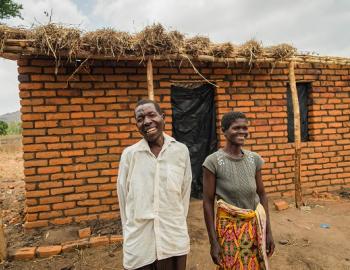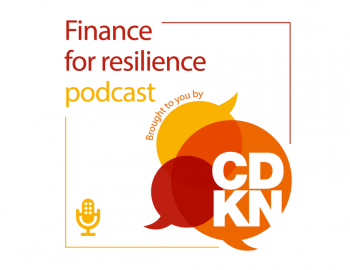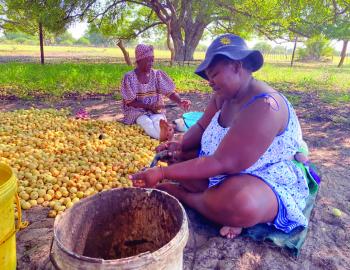Inside Story : Analysing vulnerability: a multi-dimensional approach from Colombia’s Upper Cauca River Basin
Inside Story : Analysing vulnerability: a multi-dimensional approach from Colombia’s Upper Cauca River Basin
In Colombia, agriculture is an economic mainstay, creating direct employment for much of the country’s population. Agriculture’s dependence on predictable seasonal patterns leaves many communities vulnerable to climate change. Vulnerability assessments attempt to quantify the degree to which a system will need to adapt to climate change impacts – or whether it even has the capacity to do so. Such assessments have been criticised for their uncertainty and lack of applicability at the local or regional scale. However, a project in Colombia’s Upper Cauca River Basin has taken a new approach to vulnerability assessment, using a model based on four dimensions of vulnerability. This Inside Story, Analysing vulnerability: a multi-dimensional approach from Colombia’s Upper Cauca River Basin, provides an overview of the project as well as key considerations for vulnerability analyses that are inclusive, integrated and sensitive to social and political complexities.
Key messages
- Agriculture plays an important role in Colombia’s economy, contributing 10–14% to the overall GDP. But 25 of the country’s most important crops may be threatened by climate change, potentially leading to significant economic losses.
- In cooperation with agricultural stakeholders, Colombian researchers are developing a comprehensive model to analyse vulnerability. This complements previous international efforts and sets the stage for adapting agricultural systems to climate variability more efficiently.
- The Agriculture, Vulnerability and Adaptation (AVA) Project applies a four-dimensional model for vulnerability analysis, which includes biophysical, political-institutional, economic-productive and socio- cultural factors. This kind of analysis is less sensitive to the uncertainties of one-dimensional models and more likely to be relevant, regardless of the accuracy of climate models.
- Participatory interdisciplinary approaches, knowledge-sharing, and sustained commitment are fundamental to the success of such vulnerability assessment methods.
- Future integrated vulnerability assessments could be scaled up national or international processes on adaptation planning.



